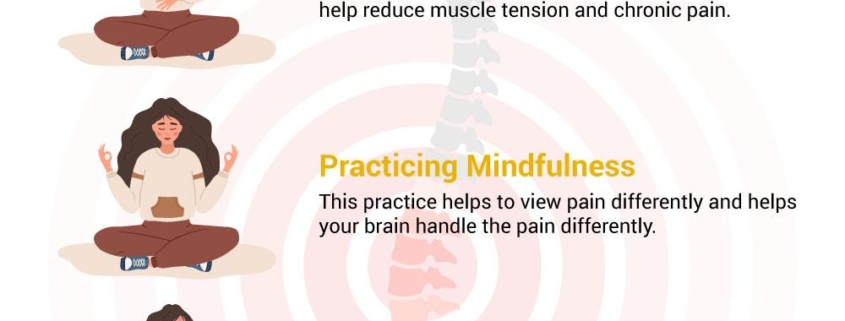
Pain Coping Mechanisms
Overview
Understanding how to deal with pain is vital for individuals dealing with a variety of health issues. Whether it’s chronic, arising from a longstanding condition, or acute, resulting from injury or surgery, pain can significantly impair our quality of life. Pain coping mechanisms offer ways to alleviate discomfort and improve overall well-being.
Types
Pain coping mechanisms can be classified into two main types:
-
- Physical coping strategies: This includes activities like exercises or procedures such as acupuncture.
-
- Pain management techniques: This encompasses medication use, cognitive therapy, relaxation techniques or distractions.
Causes
Pain may be caused by a variety of factors including physical injury, surgeries, disease conditions like arthritis, or neurological conditions such as migraines. Emotional stress can exacerbate pain. Developing effective pain coping mechanisms can help manage these conditions better.
Symptoms
Pain can manifest in various forms, such as sharp or dull aches, throbbing, stinging, burning, or discomfort. Pain may be localized to one area or widespread. Chronic pain is persistent, often lasting for months, while acute pain typically has a sudden onset and recedes once the injury is healed.
Diagnosis
Diagnosing the cause of the pain will often involve a physical examination and medical history. The doctor may use imaging scans such as X-rays, MRIs, or CT scans, in conjunction with pain symptom descriptions for an accurate diagnosis.
Treatment Options
Depending on the cause, pain can often be managed through a combination of therapies:
-
- Medications: Painkillers, non-steroidal anti-inflammatory drugs (NSAIDs), or opioids may be prescribed.
-
- Physical therapy: Exercises to strengthen muscles or improve mobility can alleviate pain.
-
- Cognitive Behavioral Therapy (CBT): This helps patients deal with the emotional side effects of chronic pain.
-
- Alternative Therapies: This includes acupuncture, massage, or the use of herbs and supplements.
-
- Surgical solutions: In severe cases, surgery may be the best solution to address the root cause of the pain.
Living with Pain Coping Mechanisms
Living with pain can be challenging, but with appropriate pain coping mechanisms, individuals can effectively manage and even find relief:
-
- Mind-body techniques: Mindfulness meditation, relaxation, and deep breathing can help reduce the perception of pain.
-
- Regular exercise: Physical activities increase the production of endorphins, your body’s natural painkillers.
-
- Healthy diet: Certain foods can combat inflammation, a common cause of pain.
-
- Good sleep habits: Adequate sleep can improve pain tolerance and reduce pain intensity.
-
- Support groups: Interacting with others facing similar challenges can provide emotional support and practical advice.
When to Seek Help
While pain is a natural response to injury or illness, certain situations should warrant immediate professional help:
-
- If pain is severe or acute and not related to a known injury.
-
- If the pain lasts longer than expected after an injury or procedure.
- If the pain is accompanied by other symptoms such as fever, weakness, or fainting.
Always consult with your healthcare provider to develop a tailored pain management plan that suits your individual needs.
